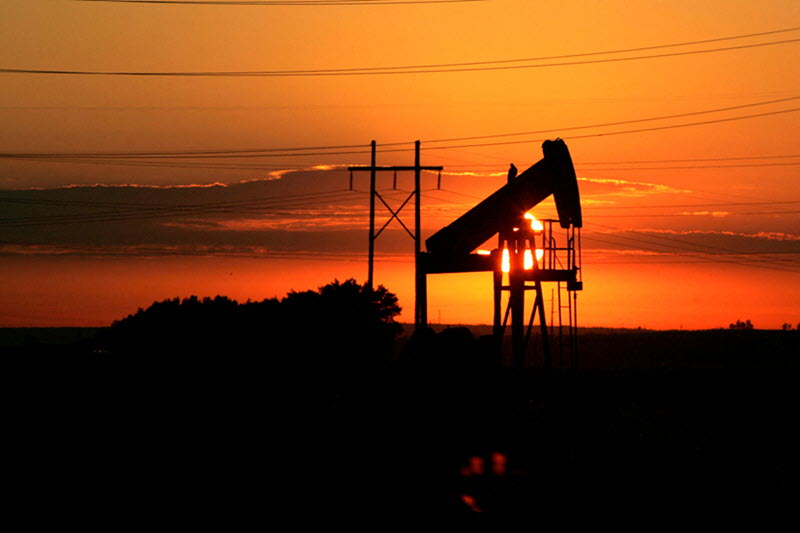This post was originally published on this site

The Fed is widely expected to raise rates by 50 basis points at its last meeting of 2022 on Wednesday. Investors will also focus on the central bank’s updated economic projections and Fed Chair Jerome Powell’s press conference.
Most Gulf Cooperation Council countries, including Saudi Arabia, the United Arab Emirates and Qatar, have their currencies pegged to the U.S. dollar and follow the Fed’s policy moves closely, exposing the region to a direct impact from monetary tightening in the world’s largest economy.
Saudi Arabia’s benchmark index declined 1.7%, hitting almost a 20-month low, dragged down by a 2.2% fall in Al Rajhi Bank and a 4.8% slide in Riyad Bank.
Saudi energy minister Prince Abdulaziz bin Salman said on Sunday the impact of European sanctions on Russian crude oil and price cap measures “did not bring clear results yet” and its implementation was still unclear.
Brent crude futures – the grade which fell last week to its lowest since December 2021 amid demand worries – were up 41 cents, or 0.5%, at $76.51 a barrel by 0730 GMT, on uncertainty over U.S. pipeline restart and Russian supplies.
Shares of Americana Restaurants International opened 2.6% higher at 2.75 riyals in debut on Saudi’s Tadawul.
Dubai’s main share index fell 0.6%, hit by a 1.5% fall in top lender Emirates NBD.
In Abu Dhabi, equities retreated 0.8%.
Separately, the United Arab Emirates has directed government entities such as the armed forces and hospital authorities to buy locally grown produce to support agri-tech efforts in the country, the minister of climate change and environment said on Sunday.
The Qatari index slipped 1.4%, as most of the stocks in the index were in neagtive territory including the Gulf’s biggest lender Qatar National Bank, down 2.2%.


